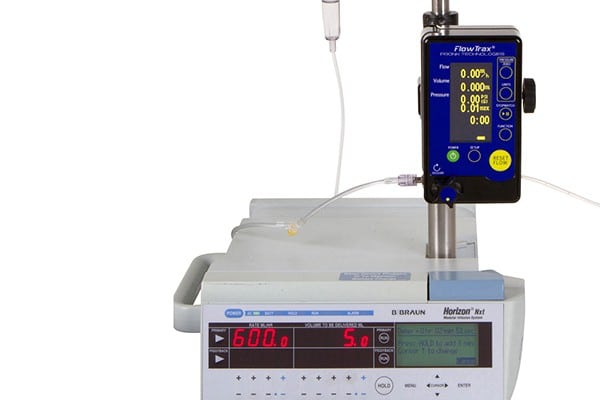Infusion pumps are an integral part of the medical care of patients. They ensure that the patient gets timely, accurate dosage levels of medication with a more consistent flow rate.
An infusion pump is a device that helps deliver medications and other liquids, such as saline, to the body by pumping the liquid through a tube placed in a patient's vein.
Infusion pumps come in different shapes and sizes, but all have a few common features. To get more information on infusion pumps, you can also navigate this site- https:/pronktech.com/product/iv-intravenous-pump-analyzer-flowtrax-ft-2-pronk-portable/ .

Image source: Google
The infusion pump sits on the user's shoulder and has a connector that attaches to the intravenous (IV) line or another tube that delivers the liquid to the patient.
The pump also has an input port for connecting tubing from the IV line or other sources of liquid to the pump. The pump works by moving the liquid up and down through this tubing according to a set of programmed instructions.
What types of infusion pumps are there?
There are many types of infusion pumps, and each has its own specific features and benefits. Here are four types of infusion pumps that you may encounter: piston, microprocessor-controlled, vacuum-operated, and spring-loaded.
Piston infusion pumps are the oldest type of infusion pump, and they work with a cylinder that piston moves up and down to dispense the medication.
Microprocessor-controlled infusion pumps use technology to control how much medication is dispensed per cycle, which can help prevent the overuse of the medication.
Vacuum-operated infusion pumps use a pump mechanism to create a vacuum to draw fluid into the pump from a container, such as a vial or a bag.
Spring-loaded infusion pumps use a spring to compress and release the pump's plunger, which helps to dispense the medication.
